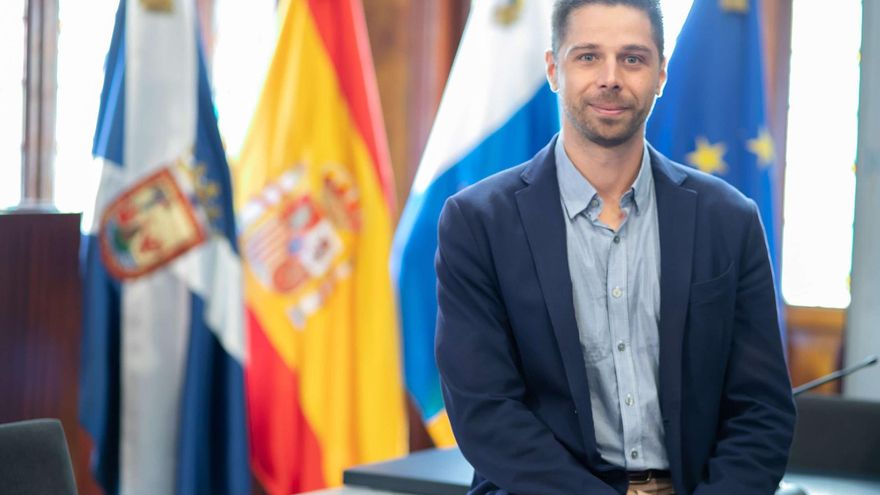
The PSOE of Tenerife has raised concerns that the island “experienced in 2024 the worst waste management in four decades, as the strategy under the Special Territorial Plan for Waste Management (Pteor) recorded the lowest recovery rate, resulting in an additional eight thousand tonnes being buried.” Javier Rodríguez Medina, the socialist councillor in the Cabildo responsible for this area in the previous term (2019-2023), described the administration of the Canarian coalition and the Popular Party as “catastrophic,” a conclusion borne out by the assessment conducted during the Pteor Monitoring Commission’s meeting. He reiterated that “the waste recovery facility that processes unsorted waste was non-operational for four months,” which led to “an extra eight thousand tonnes of waste being directed to the landfill cells at the Environmental Complex in Arico.”
Initial Meeting
The Insular PSOE noted in a statement that “this issue was underscored during the first meeting of the 2025 plan’s monitoring commission, convened on January 14 at the Santiago Martín pavilion.” Municipalities were also in attendance, and they evaluated “the strategy’s performance throughout 2024, the initial year of full management by the Island Government comprising the Canarian coalition and the Popular Party. The PSOE contended that “the deterioration of management resulted in the waste recovery facility, which relies on user separation, known as the all-mechanical treatment plant, being out of operation for almost four months.”
Recovery Efforts
This facility manages to recover approximately 2,000 tonnes of waste monthly, which would otherwise be directed to the Arico landfill, “where it is buried.” However, “the postponed search for solutions to the aftermath of the major fire in 2023 led to Tenerife being deprived of this recovery treatment for four months, resulting in nearly eight thousand tonnes of waste being buried, on top of the usual amounts.” It is important to note that the island generates around 670,000 tonnes of waste annually, roughly 1,800 per day, with a recovery rate peaking at 3.5%, highlighting the critical role of this facility in the environmental landscape, since “despite the low percentage, the high volume processed lends significant yet not negligible recovery statistics,” remarked the councillor.
Previous Term
During the previous term, a complete bio-stabilised (organic matter) plant was constructed, the packaging recovery facility was expanded after encountering overload issues, and over 8,000 tonnes of tyres were removed to enhance safety and provide space for recycling operations. However, the management by CC and PP has yielded no progress in this domain and has instead taken steps backward.
Vulnerability
Javier Rodríguez highlighted that the governing group led by Rosa Dávila must acknowledge that “Tenerife cannot sustain this pattern regarding waste and landfill due to their precarious situation.” He noted that since the current island government took over these policies, “we are faced with distressing circumstances such as waste being buried or the closure of beaches and coastal regions due to contamination issues.” Rodríguez Medina clarified that all advancements on the island “have stemmed from PSOE initiatives, starting with the agreement facilitating the construction of treatment plants to prevent sea dumping and to promote water reuse in agriculture.”















